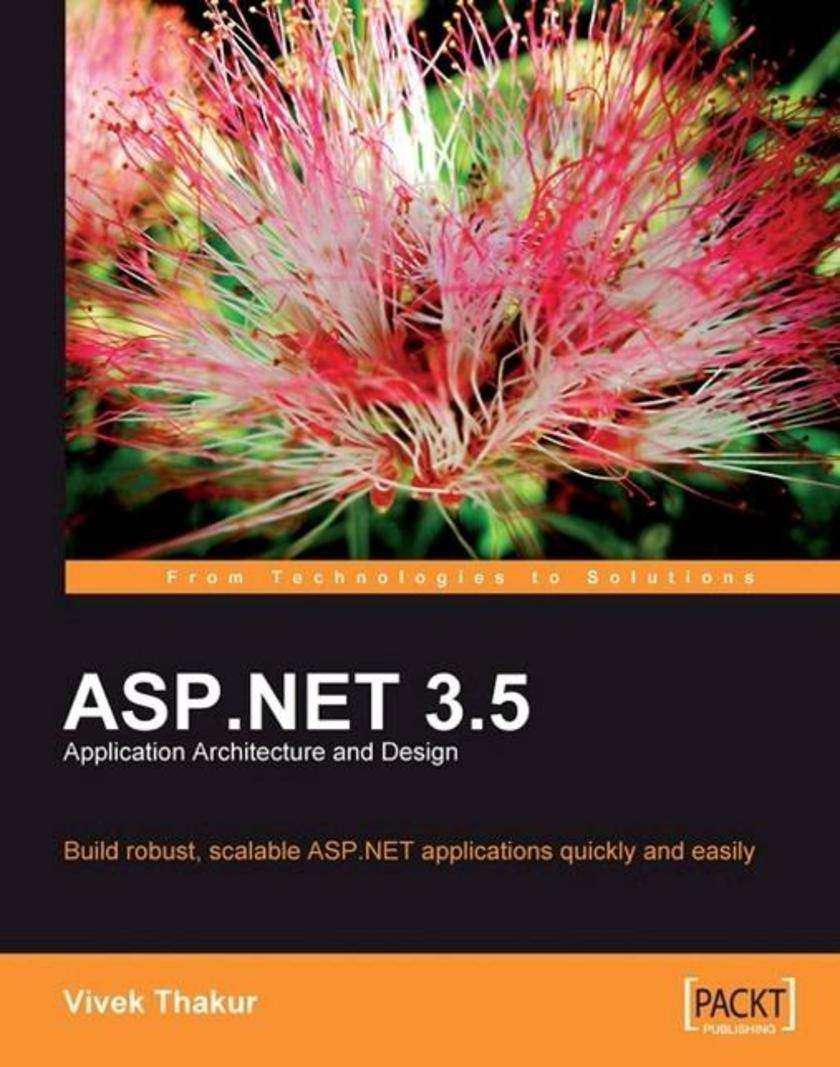
ASP.NET 3.5 Application Architecture and Design
¥71.93
This is a practical hands-on book with clear instructions and lot of code examples. It takes a simple approach, guiding you through different architectural topics using realistic sample projects. A single project is implemented using different architectural styles to make the reader understand the details of each style. There are also many small independent code samples to explain design patterns, WCF, and localization. This book is for people familiar with the ASP.NET framework using either C# or VB.NET. You don?t need to be an ASP.NET guru “ the book is ideal for novice and intermediate developers. If reading about application architecture usually confuses you or sends you to sleep, then this book will be perfect for you! In short, any ASP.NET programmer who is confused or disoriented reading different books or materials on architectures wondering how and what to implement in their application, will definitely benefit from this book!
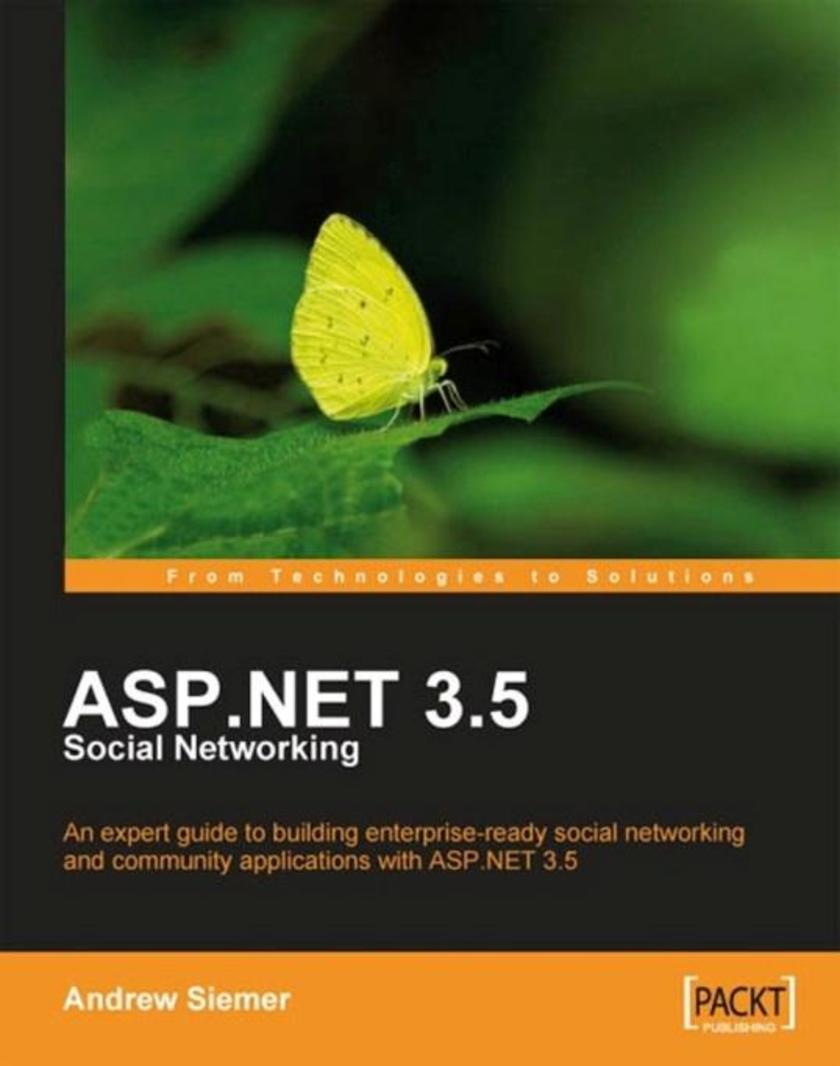
ASP.NET 3.5 Social Networking
¥90.46
Each chapter starts by showing the user experience we are going to create in the chapter. It then has a section discussing the major design decisions we face in building these features, and finally presents the 'solution' including the overall architecture and highlighting the most important code elements. The book presents a lot of real-world code, with comprehensive explanation and discussion. The full social network application is available for download from the Packt website, for you to examine, study, and modify. This book is written for ASP.NET and C# developers who want to build an enterprise-grade Social Network, either for their own business purposes or as a contract job for another company. The book assumes you have prior experience of developing web applications using ASP.NET 3.5, C# 3.0, SQL Server 2005/2008, and Visual Studio .NET 2008; it focuses on topics that will be of interest to existing developers not on providing step-by-step examples for each detail.
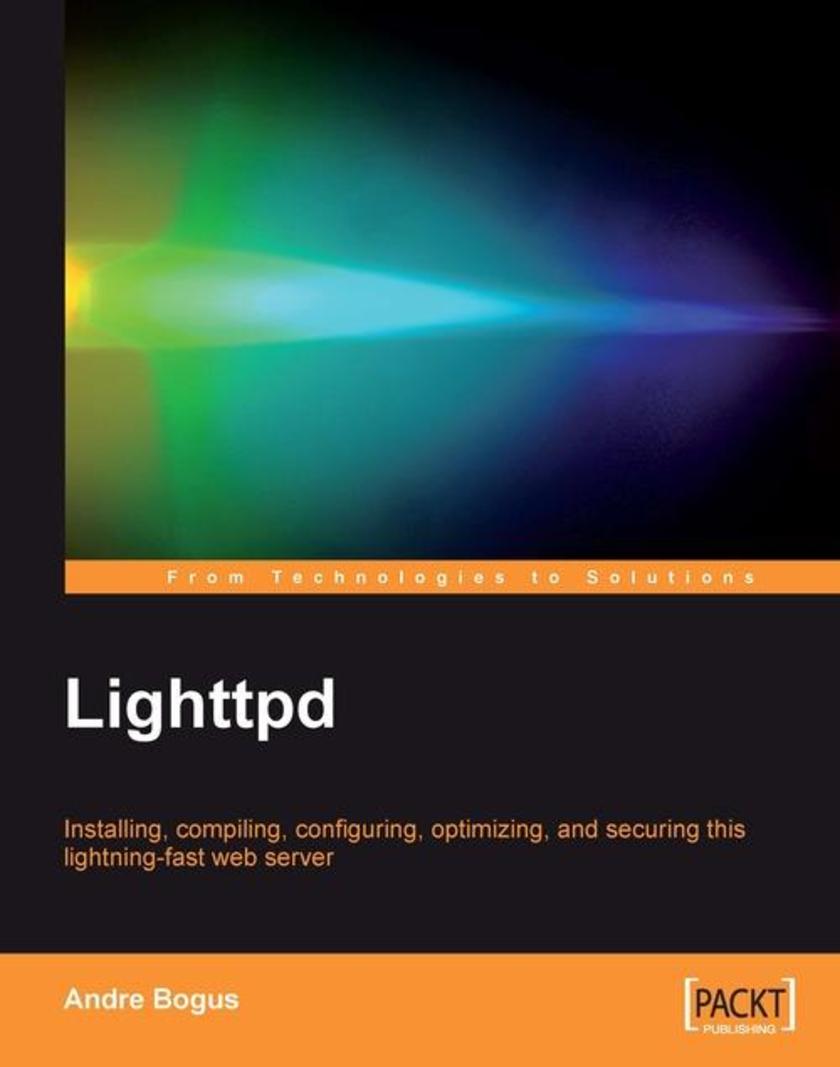
Lighttpd
¥71.93
This book is for System Administrators or Web Developers seeking a lean deployment platform for web applications or who want to switch to a "lighter" web server than Apache.
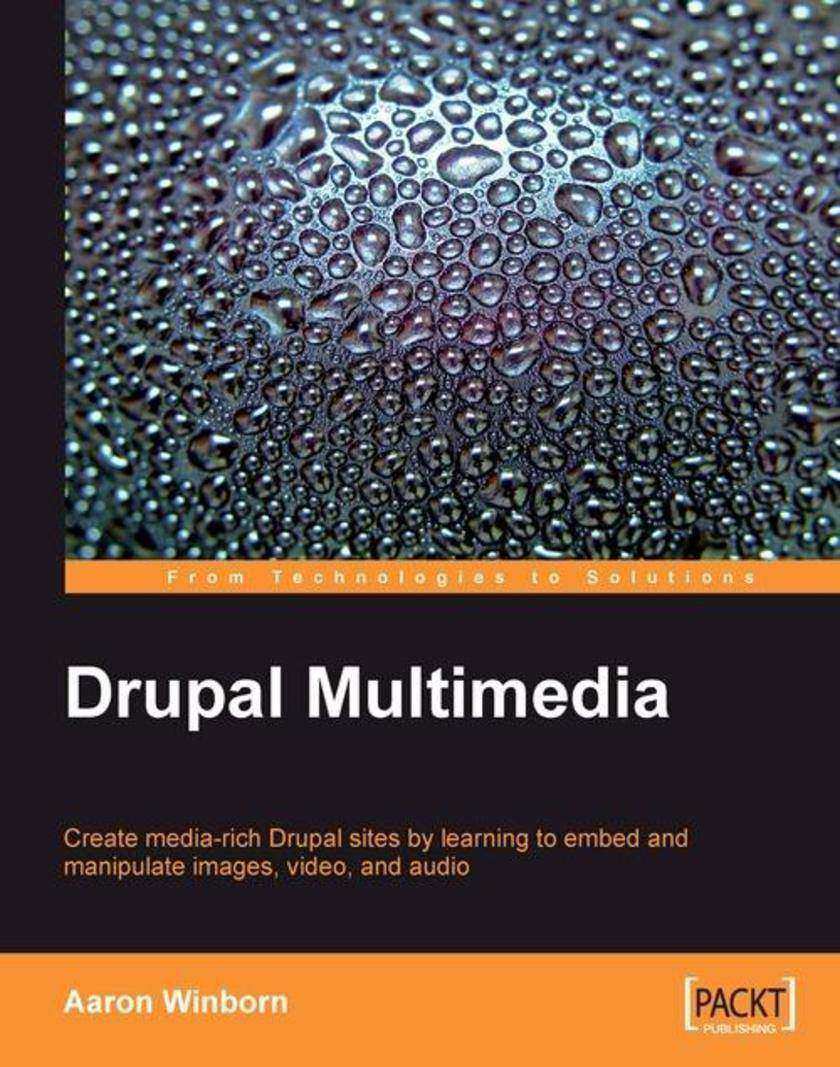
Drupal Multimedia
¥71.93
This book will guide you through the steps necessary to add image, video, and audio elements into your Drupal sites. For each topic, you start with simple techniques and move on to more advanced techniques. By the time you've completed this book, you should have a firm ground from which to tackle most multimedia needs, and enough of an understanding to creatively solve more complex problems. This book will provide information for administrators and professional site developers who are required to embed multimedia into a Drupal site. The reader needs basic knowledge of Drupal operation, but no experience of how Drupal handles multimedia items is expected.
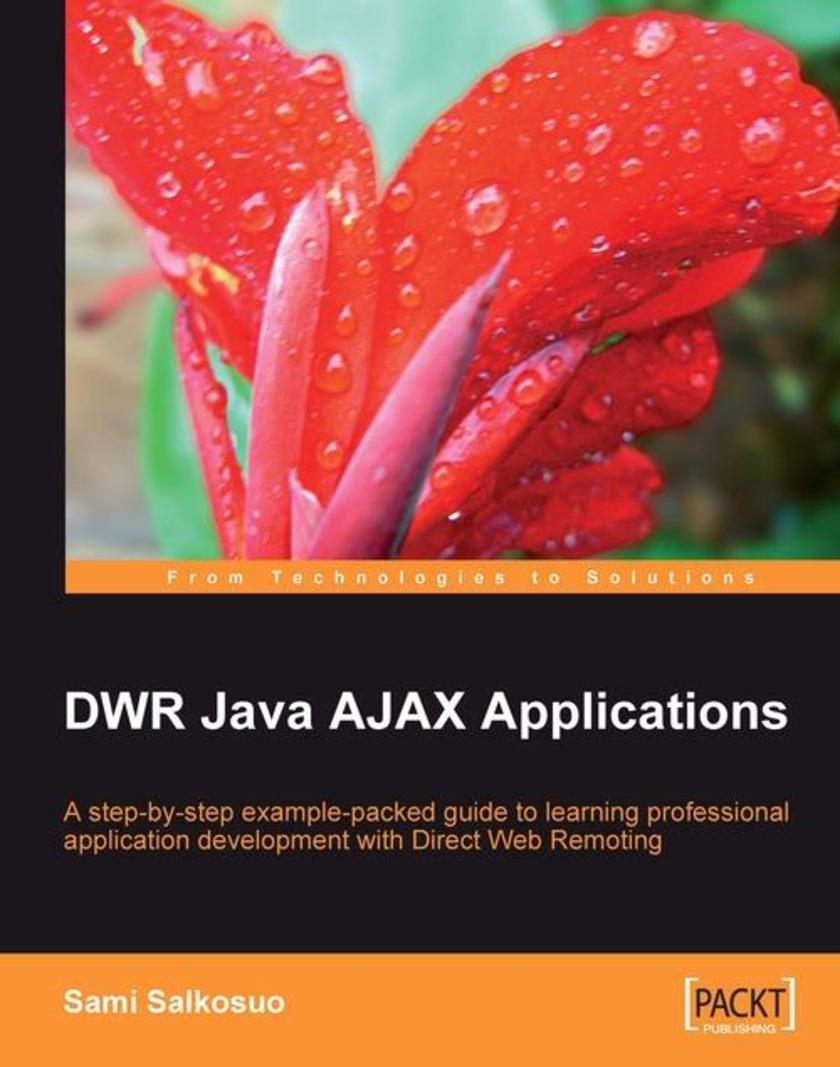
DWR Java AJAX Applications
¥71.93
The initial part guides the reader through the features of DWR and how it works to make the developer ready for practical implementation. The later part contains plenty of code (with explanations) and graphical interface-driven step-by-step examples, which the reader can try out while surfing through the book to learn by doing. This book is written for competent Java developers and assumes that you are a professional rather than hobbyist. You should be familiar with the concepts of programming, Web 2.0, and AJAX.
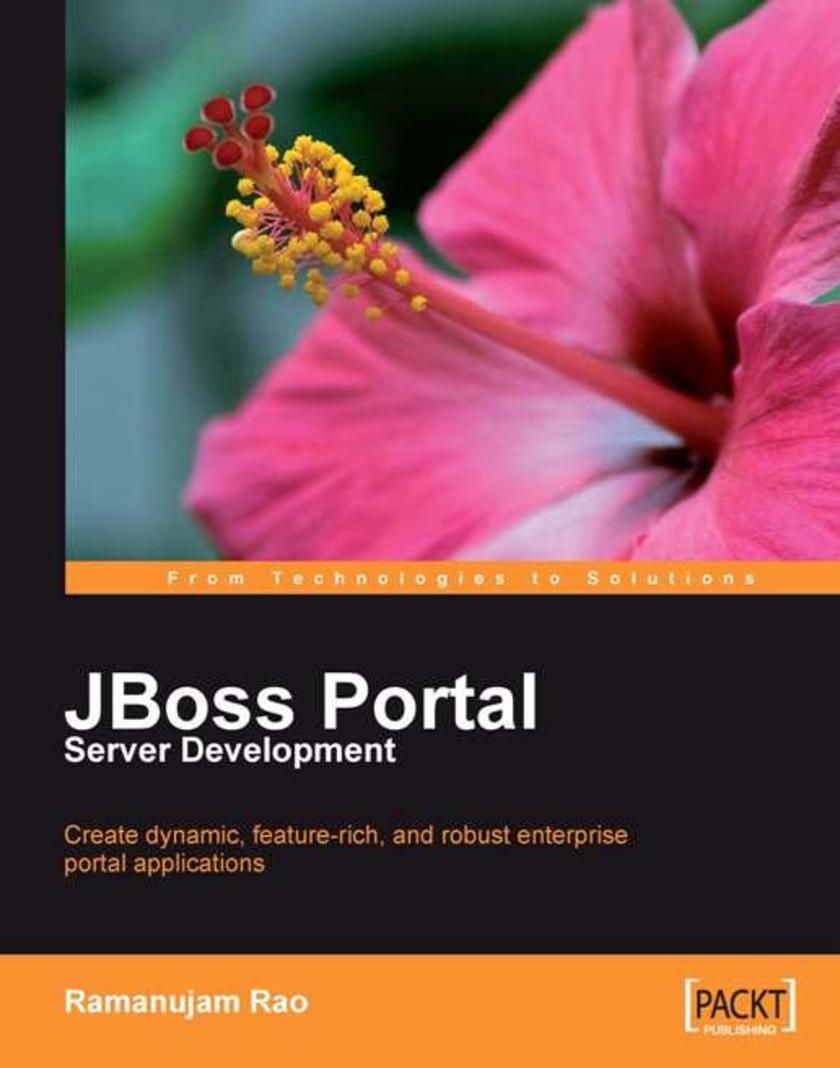
JBoss Portal Server Development
¥71.93
The book is written from a developer perspective and uses an example-driven approach with extensive code samples on each topic, for easy understanding and learning. It starts with some basic concepts of portals, before going into the features and implementation of JBoss Portal and eventually discussing some concepts for advanced use. Each chapter provides a blend of just enough basic concepts to start building applications and detailed configurations for reference. This book is for portal developers, portal administrators, designers and architects working on the Java platform, who want to build web portal solutions. The book doesn't expect an expert knowledge of portal or JEE technologies, but does presume a basic understanding of web technologies and the Java/JEE platform. However, the concepts are lucid enough that any competent developer can easily find immediate value in the book and start creating dynamic portal applications.
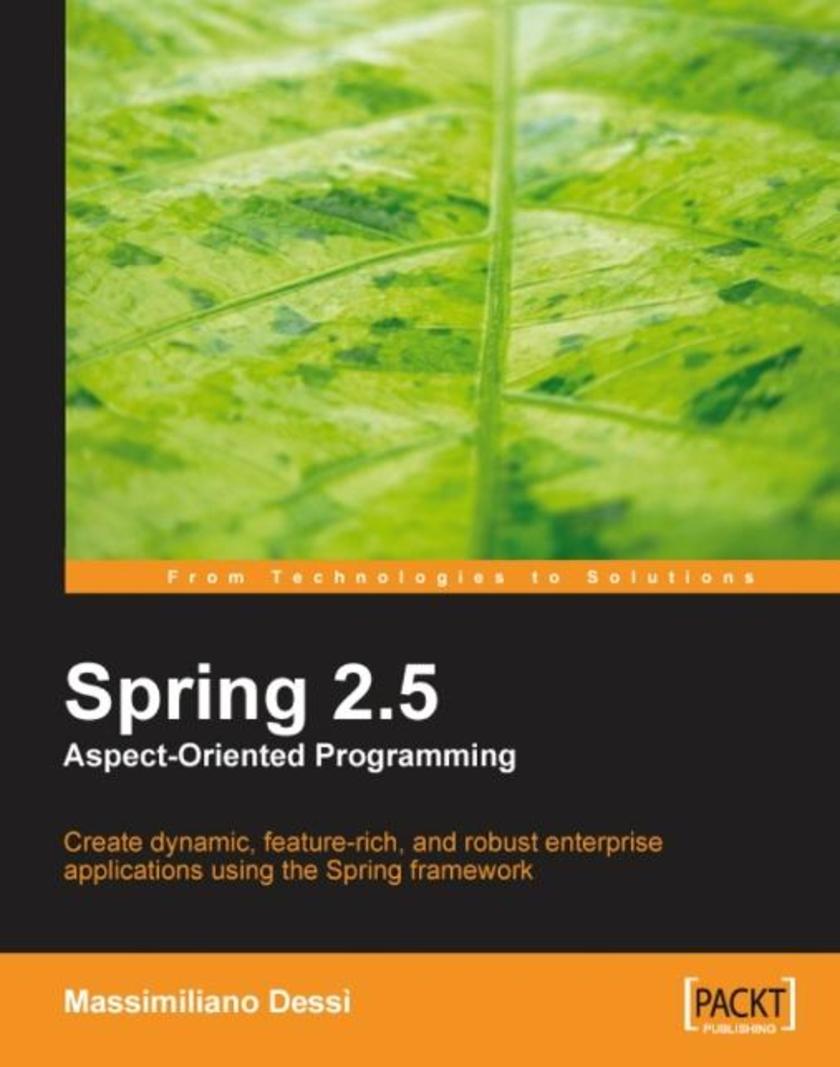
Spring 2.5 Aspect Oriented Programming
¥71.93
Employing a comprehensive tutorial-based approach, this easy-to-follow book shows the reader various means of using AOP with Spring in a real-world scenario. Clear step-by-step instructions ensure that you will not get lost in the new world of AOP and Spring. If you are a Java software architect, engineer, or developer and want to be able to write applications in a more modular and concise way by using Spring, then you need this book. Readers need basic knowledge of Spring and its configuration.

WordPress Plugin Development (Beginner's Guide)
¥71.93
This is a Packt Beginners Guide, which means it focuses on practical examples and has a fast-paced but friendly approach, with the opportunity to learn by experiment and play. Each chapter builds a practical plug-in from the ground up using step-by-step instructions. Individual sections show you how to code some functionality into your plug-in and follow up with a discussion of concepts. This book is for programmers working with WordPress, who want to develop custom plug-ins and to hack the code base. You need to be familiar with the basics of WordPress and PHP programming and believe that code is poetry; this book will handle the rest.

Processing XML documents with Oracle JDeveloper 11g
¥99.18
This book is for newcomer and intermediate Java developers who want to work with XML documents using JDeveloper 11g. No previous knowledge of JDeveloper is assumed but the reader will need to be comfortable in XML and Java environments. Employing a comprehensive tutorial-based approach, this easy-to-follow book shows the reader various means of processing XML documents using the power of Oracle's JDeveloper 11g. In next to no time, the reader will be able to create, format, transform, compare, and schema validate XML documents with Oracle's IDE.
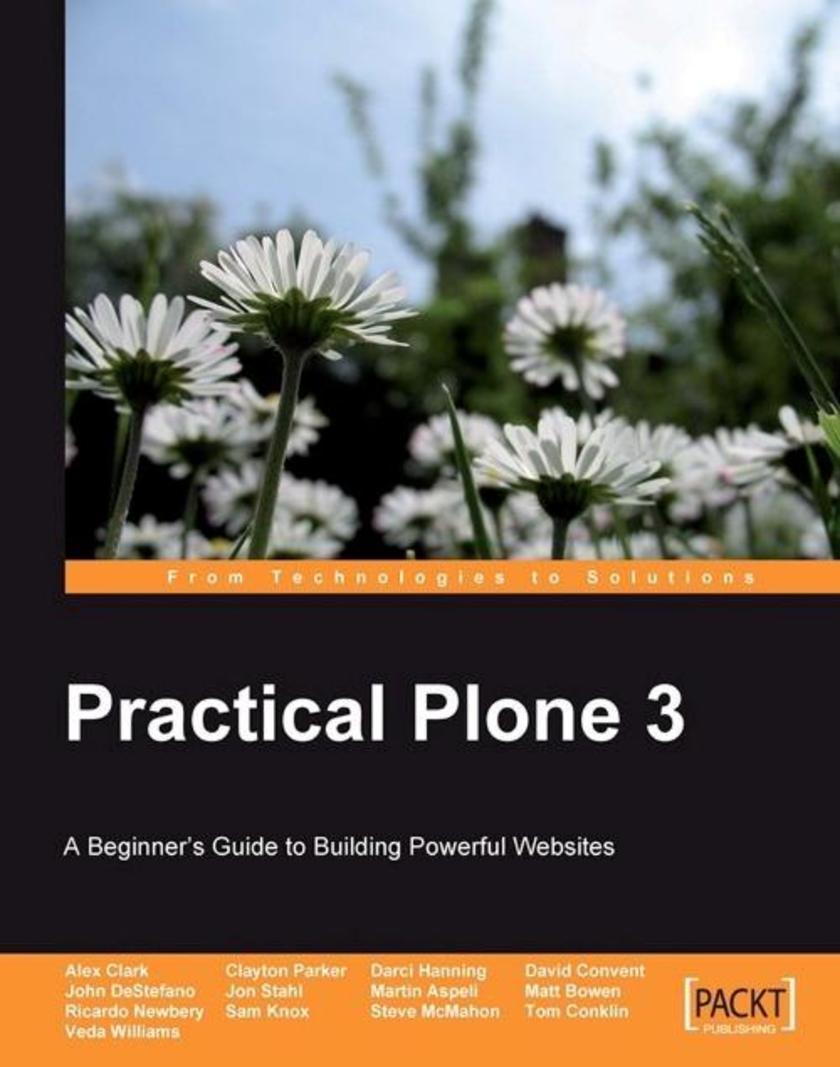
Practical Plone 3: A Beginner's Guide to Building Powerful Websites
¥90.46
This is a beginner's practical guide that doesn't involve any code or programming concepts. You will learn by pointing and clicking on the options available in front of you. It includes easy-to-follow instructions and screenshots that will guide you through creating a powerful website. Each chapter stands alone and you need not go through all the chapters. You can pick and choose depending upon your requirements. If you want to get a Plone site up and running quickly and don't want to get involved in programming, this book is for you. This book is aimed at beginners, who want to configure and customize Plone to meet their content management needs. The book doesn't expect programming skills, although some knowledge of fundamental web concepts such as HTML and HTTP may be helpful.
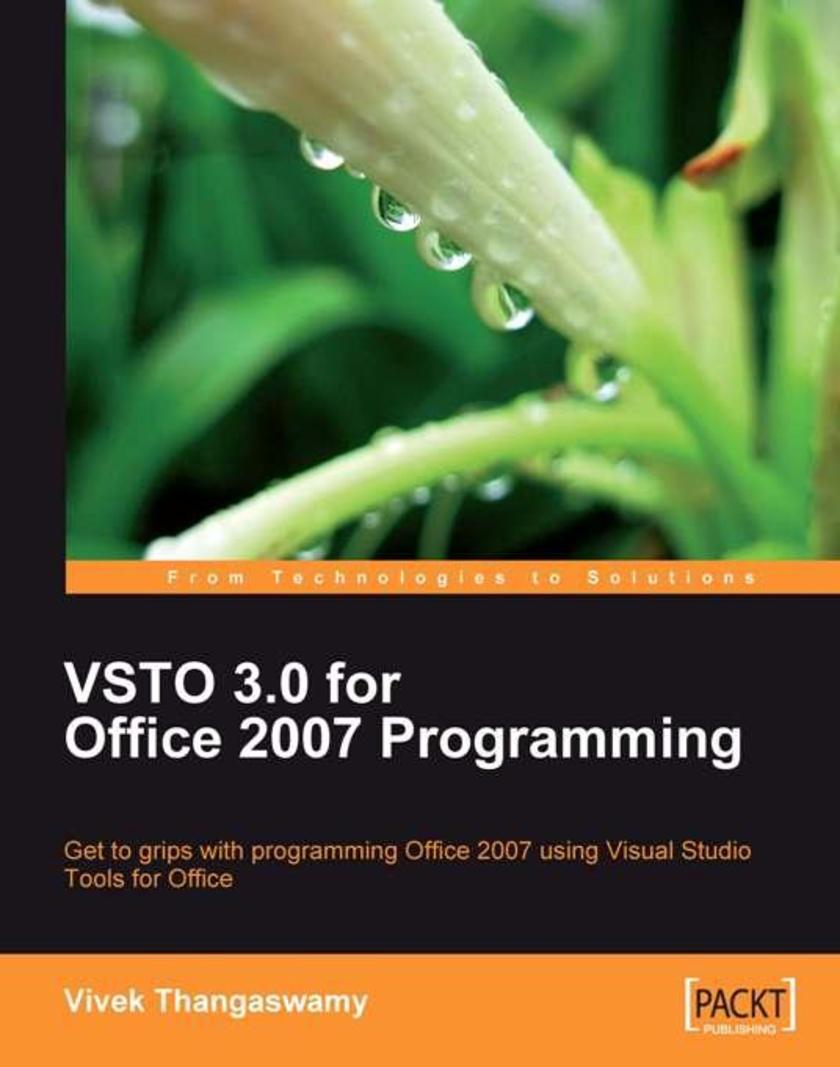
VSTO 3.0 for Office 2007 Programming
¥63.21
This book contains complete step-by-step instructions and simple explanations about VSTO programming of entire Office applications. It covers the concepts of VSTO, VSTO architecture, its features, and versions using practical examples, to help beginners and intermediate developers develop real-world Office applications. Separate chapters cover programming InfoPath, Word, Excel, Outlook, and PowerPoint. This book is aimed at .NET developers, familiar with C#, who want to get to grips with programming Office 2007. The book will also be useful for those of you who already have experience with VBA and programming Office, but are ready to take the next step into the more powerful world of Office programming with VSTO.
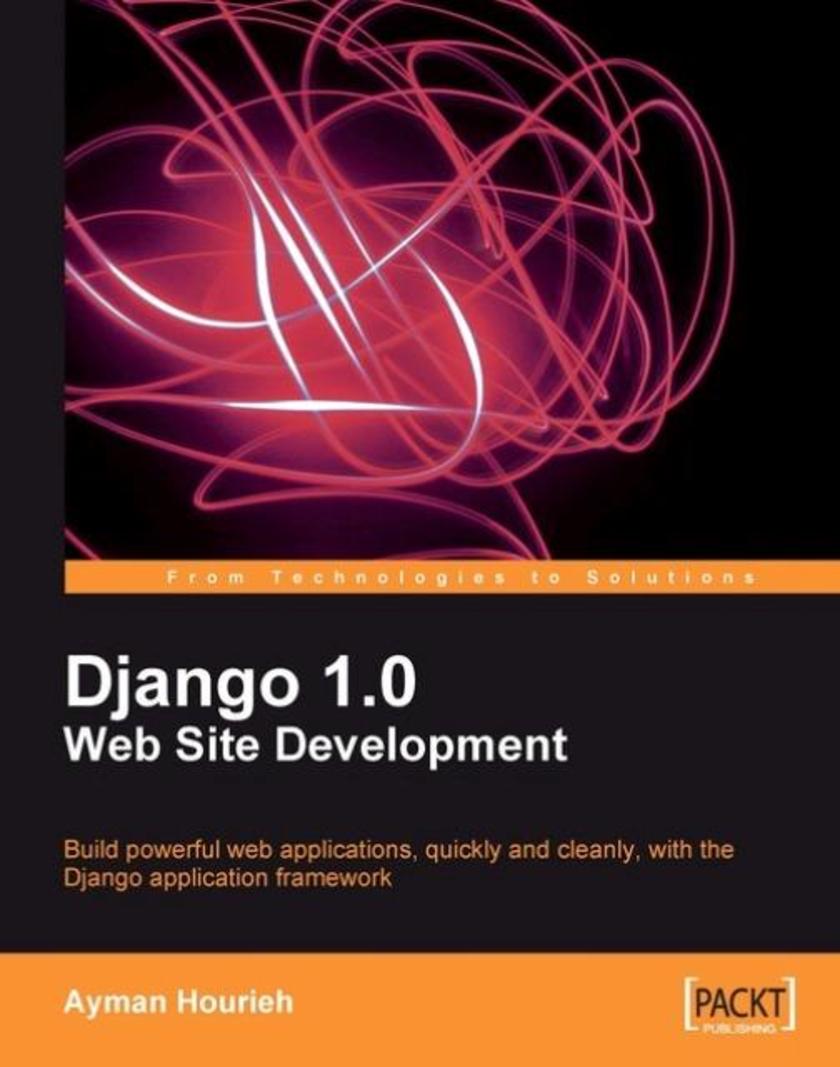
Django 1.0 Website Development
¥71.93
The simple and clear approach is ideal for beginners to Django. Packed with examples and screenshots, this book will help you learn the features of Django 1.0 and help you build a dynamic website using those features. This book is for web developers who want to learn to build a complete site with Web 2.0 features, using the power of a proven and popular development system, Django, but do not necessarily want to learn how the complete framework functions in order to do this. Basic knowledge of Python development is required for this book, but no knowledge of Django is expected.
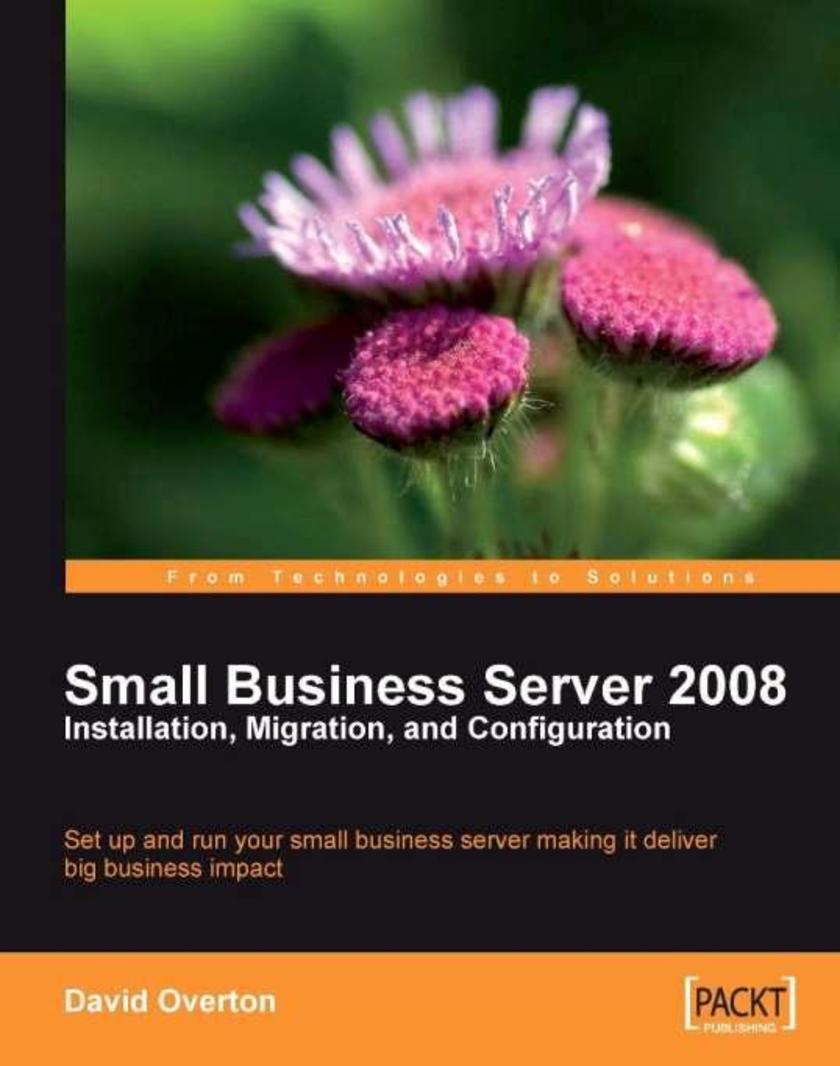
Small Business Server 2008 – Installation, Migration, and Configuration
¥71.93
This book presents step-by-step guidance through the installation and configuration process with the help of numerous screenshots. It contains many snippets of information and guidance on decision making. As every eventuality can't be covered, there are links to online information as well as pointers to forums the author personally interacts with to answer additional questions. This book is designed for anyone who needs to install and configure SBS 2008. You don't need to be a technical consultant who wants to tweak every setting to become an SBS success. This book will help those with a basic understanding of technology and a desire to install and use SBS 2008 quickly and continue with their business.

Choosing an Open Source CMS: Beginner's Guide
¥71.93
This is a practical guide that takes a task-centered approach. Each task is stepped through with detailed instructions. You will come across many step-by-step examples with plenty of screenshots and resources. This book provides all the support and guidance you need as you begin to work with CMSs. It even has additional tasks that you can carry out to build your skills further. Everything is oriented towards managing content with a CMS. This book is written for anyone who wants to start a web site and is looking for a good CMS. It is best suited for people who are selecting a CMS for their sites and people who will manage a CMS. Knowledge of web basics is certainly helpful, but not needed.
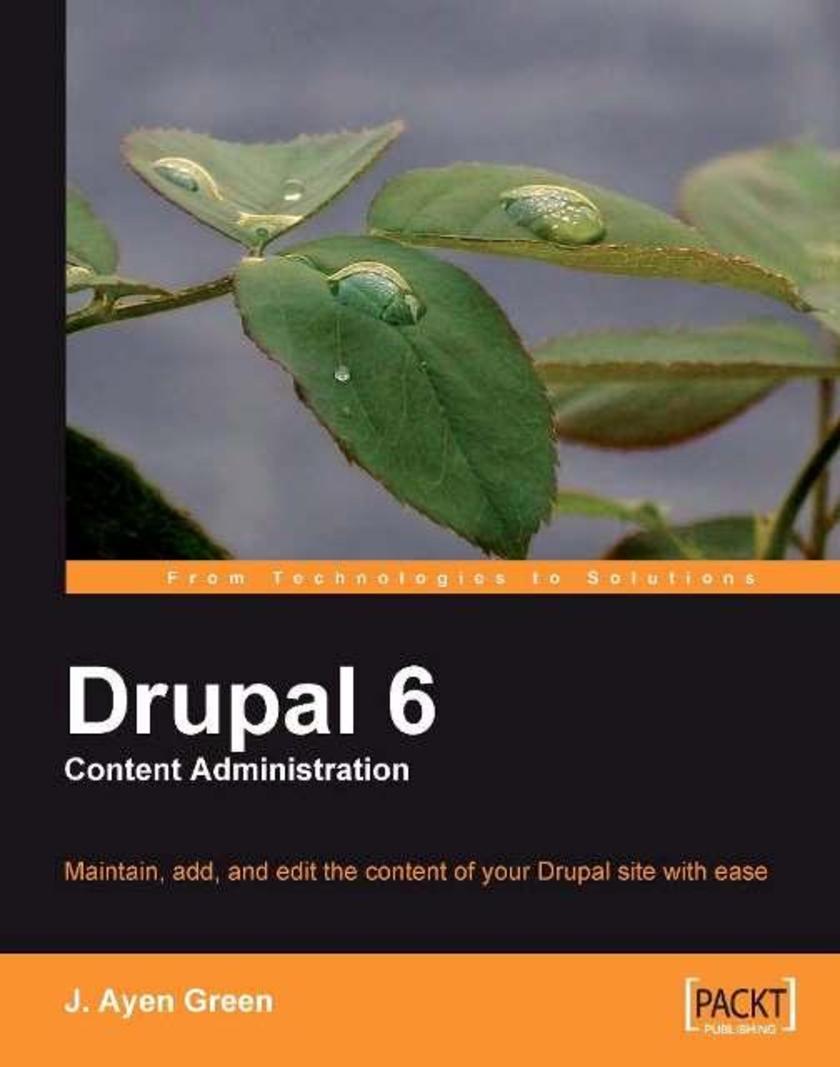
Drupal 6 Content Administration
¥71.93
This is a fun, informative, hands-on learning guide that uses an actual case study. In an interactive and informal manner, this guide presents purposeful examples that continue to build on each other. Clear, concise instructions and practical examples mean you can learn quickly how to take care of the content in your Drupal site. This book is designed for those who run the site day-to-day but didn't set it up, and aren't necessarily that well versed in Drupal or web technologies. You could be a content editor, proofreader, graphic artist, feature editor, or anyone else concerned with managing content on a Drupal installation.
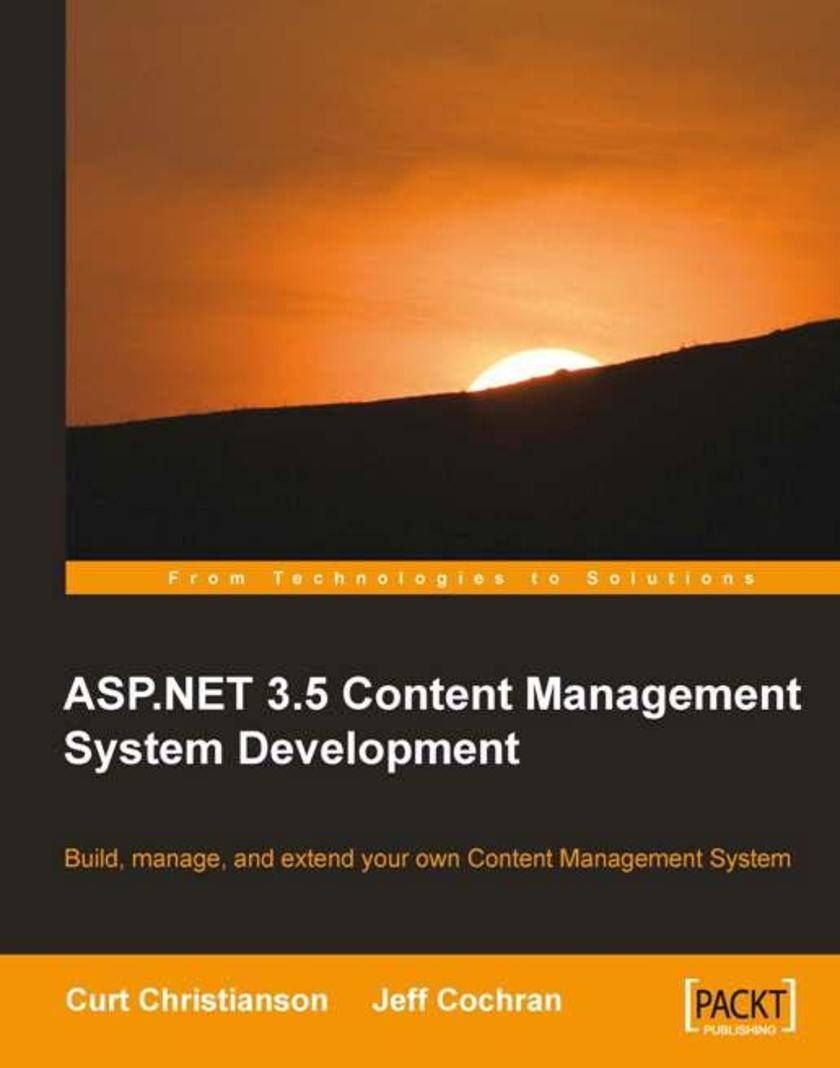
ASP.NET 3.5 CMS Development
¥71.93
This step-by-step tutorial shows the reader how to build an ASP.NET Content Management System from scratch. You will first learn the basics of a content management system and how to set up the tools you need to build your site. Then, you start building your site, setting up users, and adding content to your site. You will be able to edit the content of your site and also manage its layout all by yourself. Towards the end, you will learn to manage your site from a single point and will have all the information you need to extend your site to make it more powerful. Filled with plenty of code snippets and screen images to keep you on track as well as numerous additional samples to show you all the exciting alternatives to explore, this book prepares you for all the challenges you can face in development. This book is for beginner to intermediate ASP.NET users who have managed to learn Visual Web Developer and want to take on their first real-world application. It will help those who have used SQL Server Express, completed a few sample projects, and now wish to explore a Content Management System.
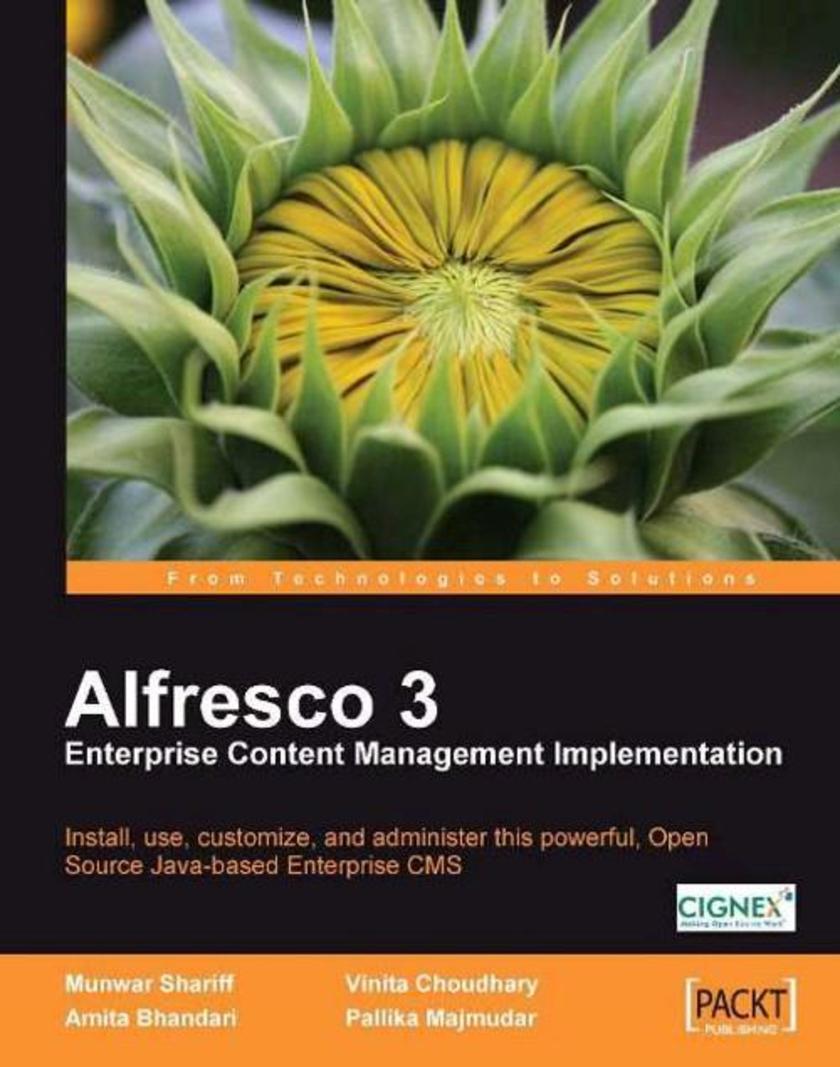
Alfresco 3 Enterprise Content Management Implementation
¥107.90
Munwar Shariff is an experienced software trainer for CIGNEX Technologies Inc. He has trained many users, administrators, and developers in Alfresco and many other CMS systems. This book distils the hands-on approach of his training courses into a concise, practical book. The emphasis is on getting up and running fast and discovering the scope and power of Alfresco 3 incrementally through practical examples. This book is designed for system administrators, experienced users, and business owners who want to install and use Alfresco in their teams or businesses. Because Alfresco is free, many teams can install and experiment with its ECM features without any upfront cost, often without management approval. The book assumes a degree of technical confidence but does not require specialist system administration or developer skills to get a basic system up and running. Alfresco is particularly suitable for IT consultants who want or need to set up a flexible enterprise content management system for their clients, be that for demonstration, development, or as a mission-critical platform. This book gets you to that result quickly and effectively. Though this book is not a developer guide, various examples in the book will help developers to extend Alfresco functionality and to integrate Alfresco with external systems.
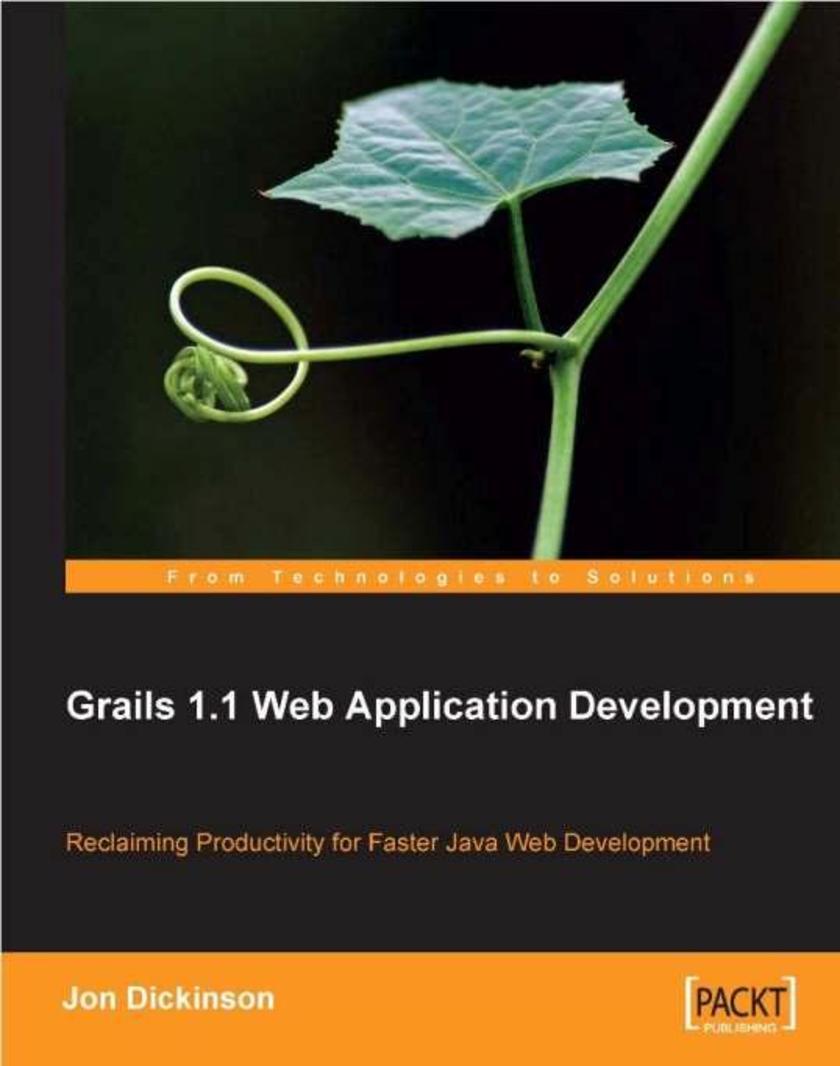
Grails 1.1 Web Application Development
¥71.93
This book is a guide to building a rich web application using Grails. The approach taken for building the application is incremental and iterative; each chapter will produce a working addition to the application, or iterate over existing features, as well as introduce and carefully explain the new part of the Grails framework used. The book does not go into exhaustive de*ions of every detail of Grails. While there is a lot of code in the book, there are very few large code listings. As you will find, it is not necessary to write reams of code to get results using Groovy and Grails. This book is aimed at Java web developers looking for ways to build web applications quickly, and wanting to find out how it's done quickly. If you are frustrated with integrating the many different frameworks that are available for web development and want to get on with building slick web applications for your users, then this book is for you. Grails is built on the Groovy language, but experience in Groovy is not required, as you will learn enough about Groovy to understand how to use Grails.
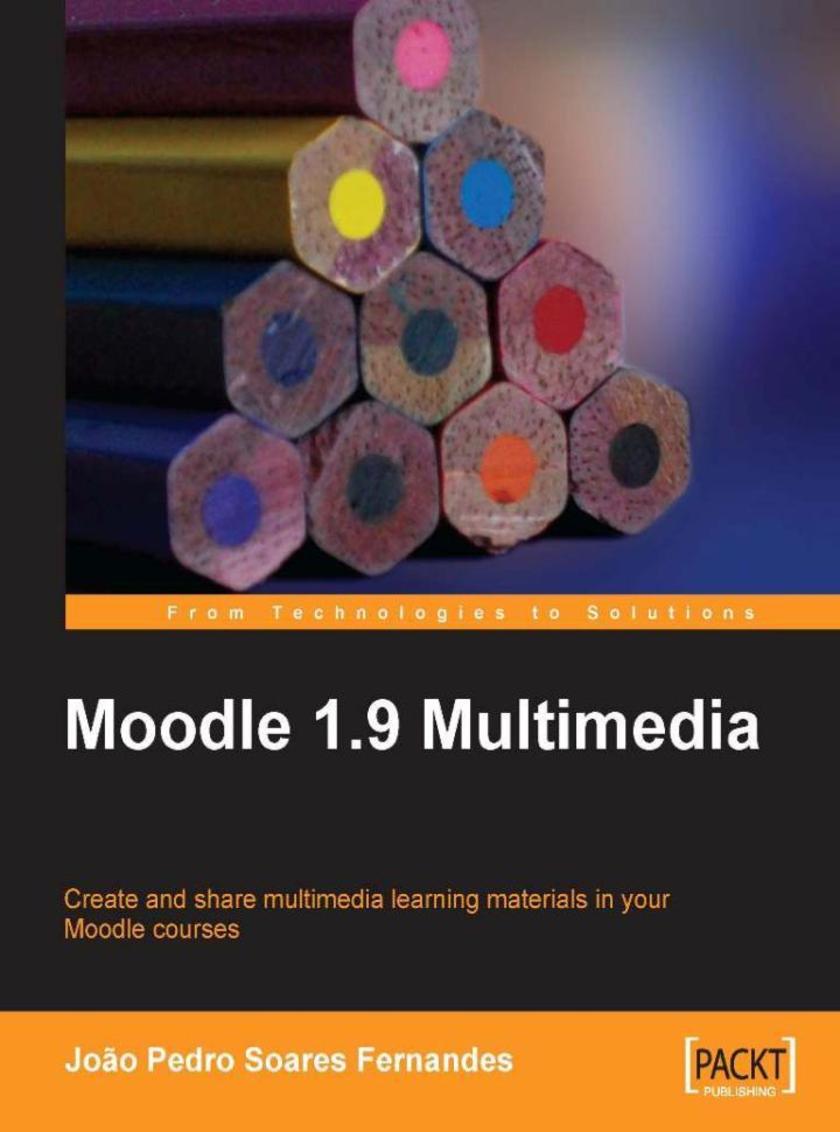
Moodle-1.9-multimedia
¥80.65
The book is written in a tutorial style where you work through examples that describe how you can create multimedia applications using Moodle and integrate your existing multimedia resources into your Moodle course. It also tells you how to use multimedia effectively giving ideas and best practices. The book is primarily aimed at teachers and trainers who run professional courses and have experience in the use of Moodle. At the same time, it is not necessary to have an advanced technical background to create multimedia elements, as the tasks will be simple and as little time consuming as possible, relevant to everyday use.
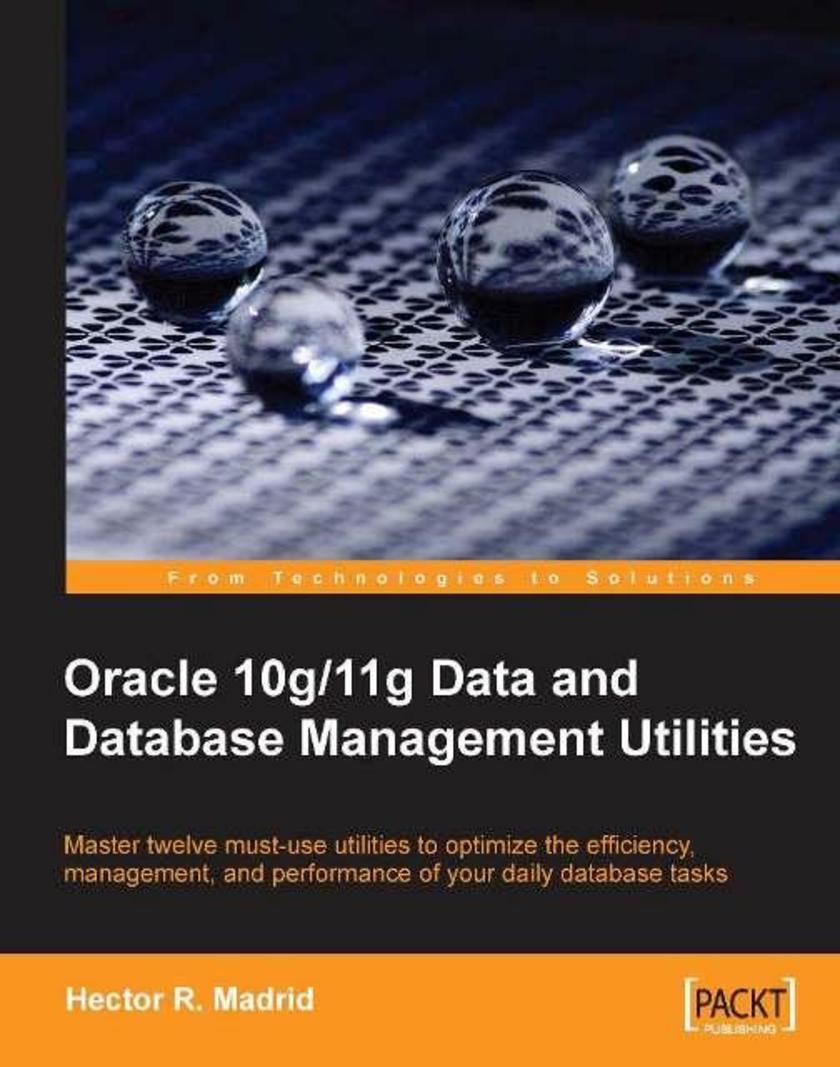
Oracle 10g/11g Data and Database Management Utilities
¥90.46
This book is written using a practical approach that guides you through different practical scenarios. It provides a brief introduction to the topics; this way you can quickly get to know the main features, start being productive with the tool, and grow with it at a fast pace. You won't have to spend too much time getting to the basics of the tool and can immediately progress towards the advanced tips. Using this practical approach you don't have to spend valuable time trying to decipher arid reference manuals; you can easily set up the practical scenarios, and try to follow up the presentations. The images used in the book come from real scenarios, and the output is always explained so you can easily interpret what is being displayed on the screen after issuing the commands. This book is aimed at all Oracle professionals who interact with the database through the data and database utilities and are willing to optimize their interaction with it. Entry-level users will get acquainted with the best practices to get their job done in a timely and efficient manner. Advanced users will find useful tips and How-Tos that will help them focus on getting the most out of the database utilities and fine-tune batch processing.
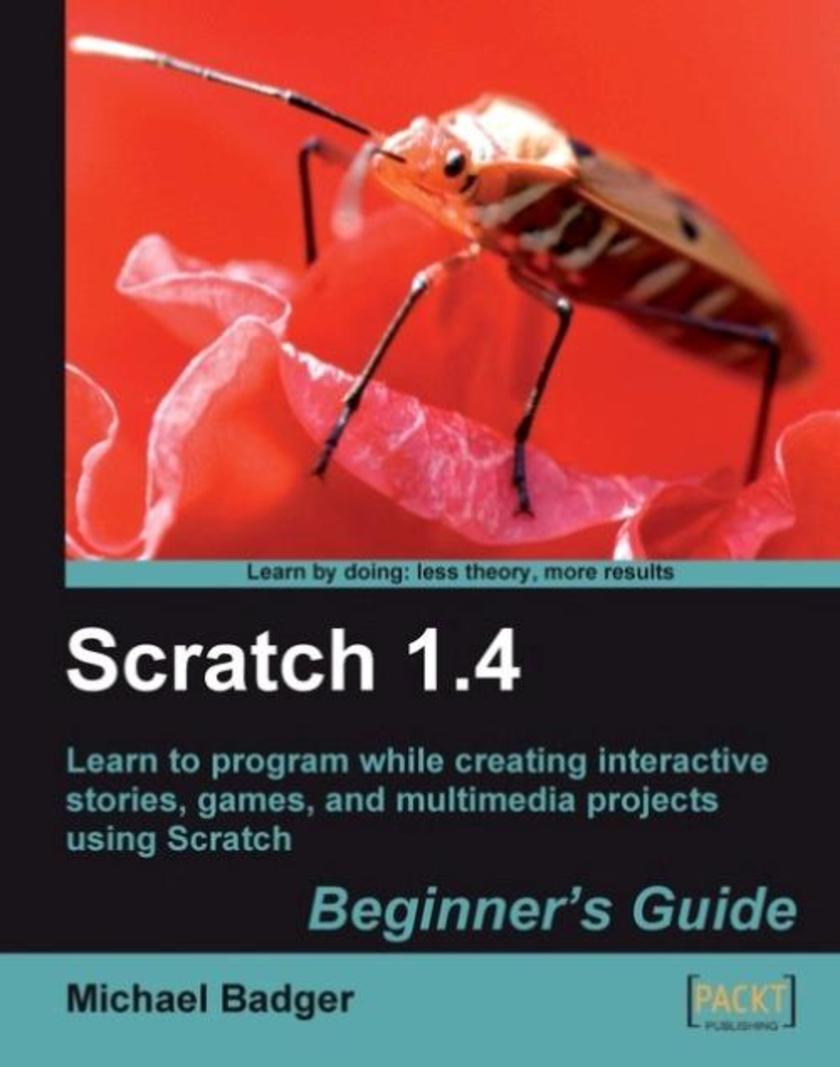
Scratch 1.4: Beginner’s Guide
¥71.93
This is a Packt Beginners Guide, which means it focuses on practical examples and has a friendly approach, with the opportunity to learn by experiment and play. We work through the project tutorials one block of code at a time, and we periodically pause to reflect on the relationship between our code blocks, our project, and Scratch programming in general. As you work through the book, you are encouraged to experiment with the concepts presented. As each chapter in the book progresses, the topics get increasingly more complex. Scratch is a teaching language, so it's ideal for people who want to learn how to program or teach others how to program. Educators and parents will learn how to program using Scratch, so they can use Scratch to teach the latest learning skills to their students and children. No previous computer programming knowledge is required. You only need to know how to perform basic tasks on a computer and this book will teach the rest. You can then use it as a platform to learn more advanced programming languages. Parents, stuck with a child who wants to play video games all nightMake a new rule. He can only play a video game if he programs the game first.




 购物车
购物车 个人中心
个人中心



